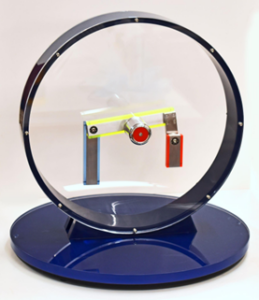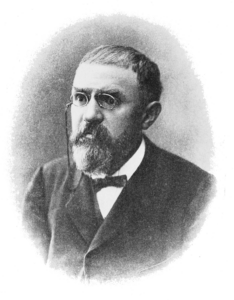Chaos Pendulum
Tasks
|
||||||
MathsThe chaos pendulum is an example of chaos theory, where small changes in the starting position will produce very different long-term results. The differences in starting positions can be smaller than it is possible to measure, making the chaos pendulum practically impossible to predict. Chaotic systems are not random. In fact, the underlying maths can be quite simple. It is their sensitivity to initial conditions that makes them so unpredictable. This is sometimes known as the “butterfly effect” which is the poetic idea that a butterfly’s wings can change the course of a tornado halfway around the world. Chaotic behaviour exists in many natural systems, including weather, climate and road traffic. |
||||||
HistoryThe idea that small changes can lead to very different results started to appear in the late 1800s. French mathematician Henri Poincaré noticed that it was possible for some planets to have an orbit that never repeated. Later, another French mathematician, Jacques Hadamard, devised a game of billiards where two balls starting very close together would result in very different paths. These observations would later become important features of chaos theory. In the 1960s, American mathematician Edward Lorenz noticed that small changes in weather simulations lead to very different results. This showed that even very precise measurements cannot be used to make long-term weather predictions. |
||||||
People
|
||||||
ApplicationsThe effects of chaos theory are found in weather forecasting, so even with very accurate measurements it is impossible to predict weather patterns more than ten days in advance. Chaos effects are very useful in cryptography, where repeated applications of simple ciphers on two similar messages end up giving very different results. This makes secret messages much harder to work out. Chaos can also be found in ecology (where certain species exhibit chaotic behaviour in population growth), robotics (where robots are designed to explore their environment chaotically), and AI (where similar inputs can produce different results). |
||||||
Maths at HomeTry the double pendulum experiment at home with this simulation. You can open the simulation in two windows, so that they are side-by-side. Then you can change one of the conditions in the second simulation a tiny amount. Run the two simulations and observe the difference in the two patterns. |



